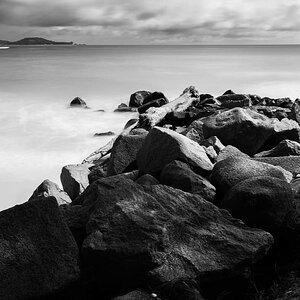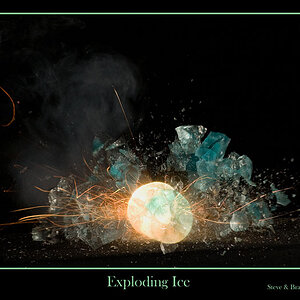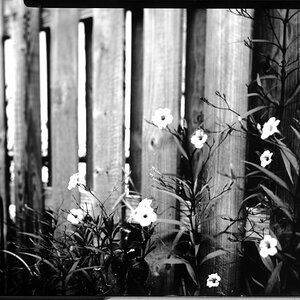darin3200
TPF Noob!
- Joined
- May 3, 2005
- Messages
- 2,078
- Reaction score
- 28
- Location
- Des Moines, Iowa
- Website
- friedrichsphotography.com
I'm trying to find a fine grain 35mm 400 speed B&W film (non C-41). Any opinions on the listed, or maybe other films?
I was going to buy a role of each to try out, but since I am almost out of film developer and I was going to buy the developer that worked best with each. Sort of invest in the film I plan to be using a while.
Thanks,
- Kodak T-Max
- Kodak Tri-X 400
- Ilford Delta
- Maybe something Arista
I was going to buy a role of each to try out, but since I am almost out of film developer and I was going to buy the developer that worked best with each. Sort of invest in the film I plan to be using a while.
Thanks,













